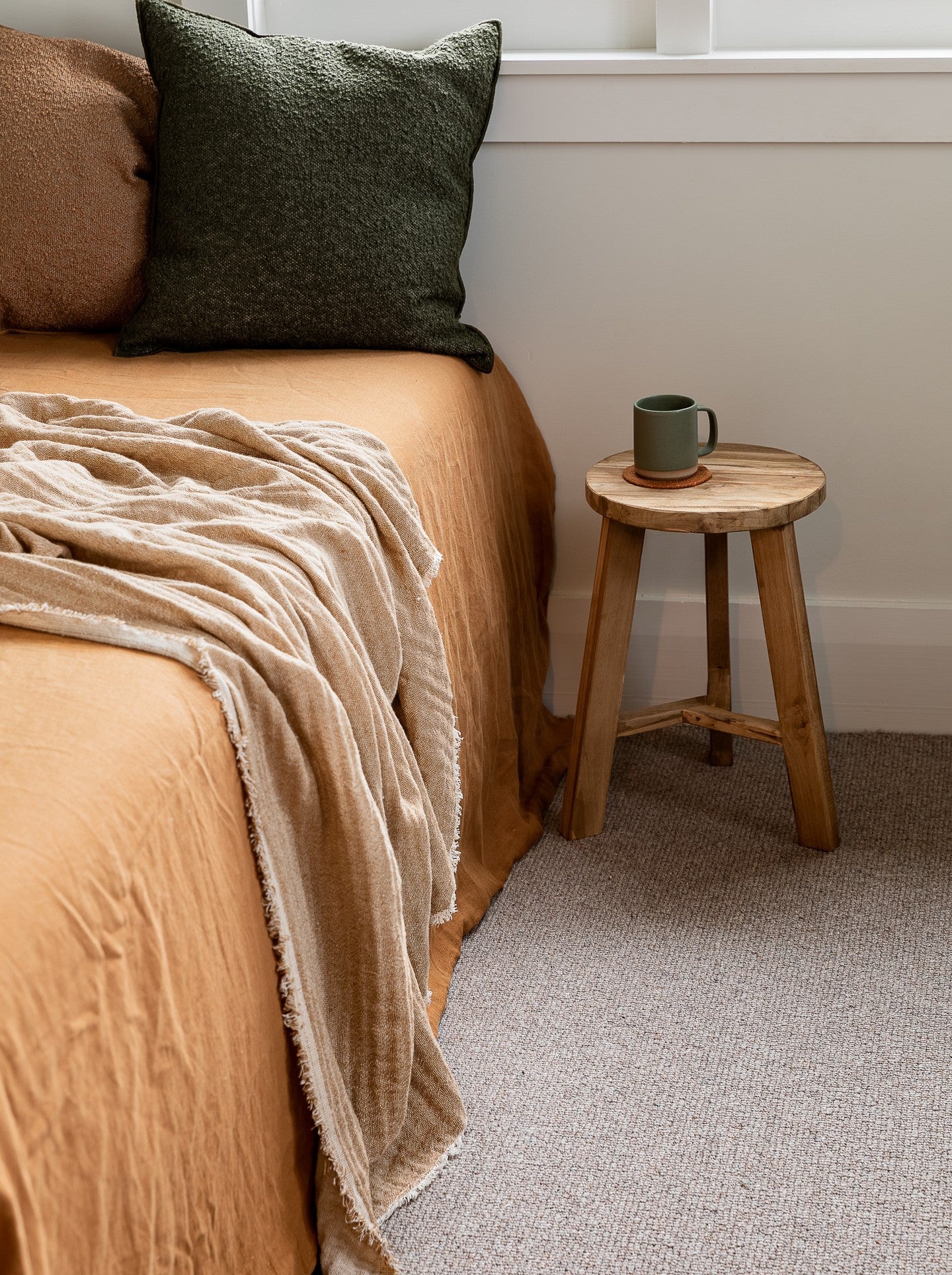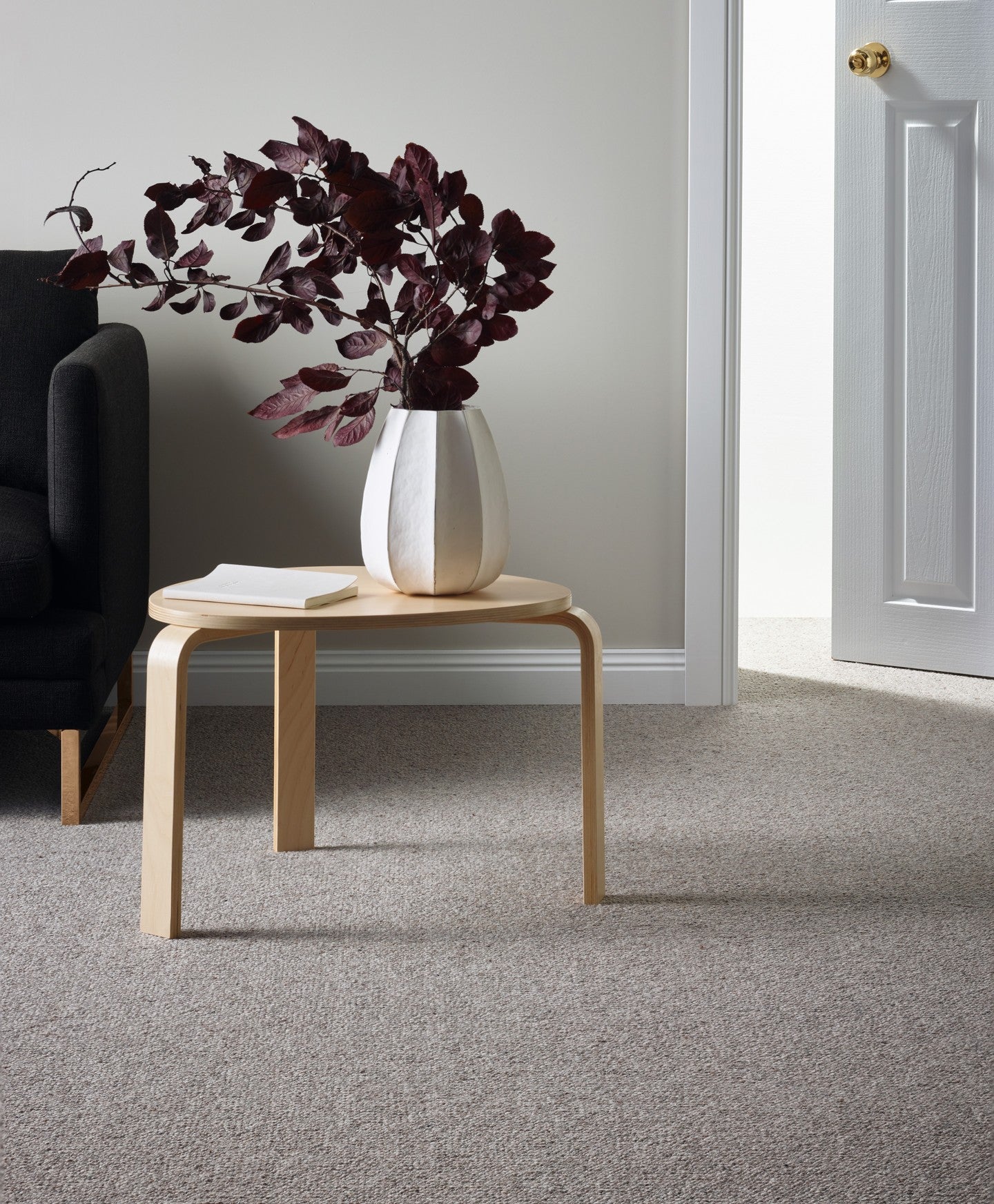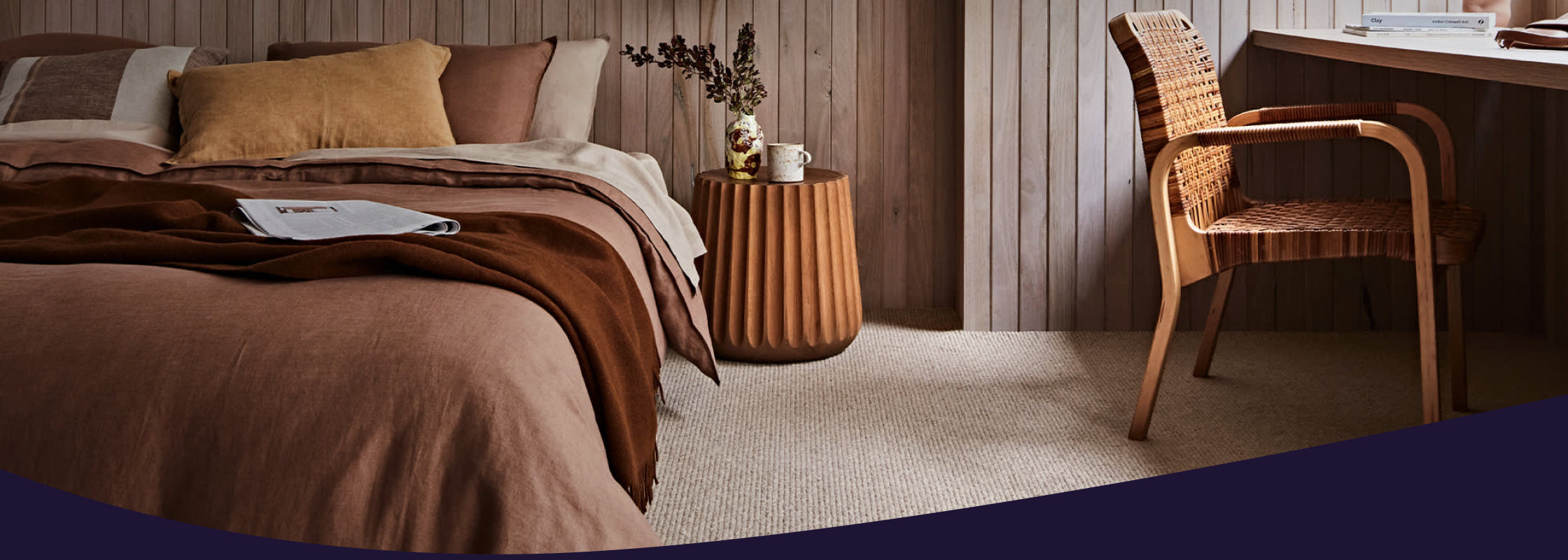
Blog
Be Inspired
Ignite your design ideas and explore the possibilities with our curated inspiration and resources. Whether you're seeking luxury, cosiness, or durability, we have solutions to add character to any room
Visit our blog

Support
Guides & Advice
Get the knowledge you need to make the best flooring choices for your home or commercial space.
View Guides

Brands
Discover our brands
This section allows you to complement the visual content with descriptive text that informs, engages, and encourages the visitor to take action.
Our Brands

Lookbook
Exclusive 2025 Lookbook
Our 2024 / 2025 lookbook combines our extensive range of products across both Carpet Court and Curtain Studio so you can dream up your whole space in one place.
Finance
We make it easy to get finance for your floor with a range of flexible finance options available.
Warranty
Find details on product and installation warranties for peace of mind regarding your investment.


